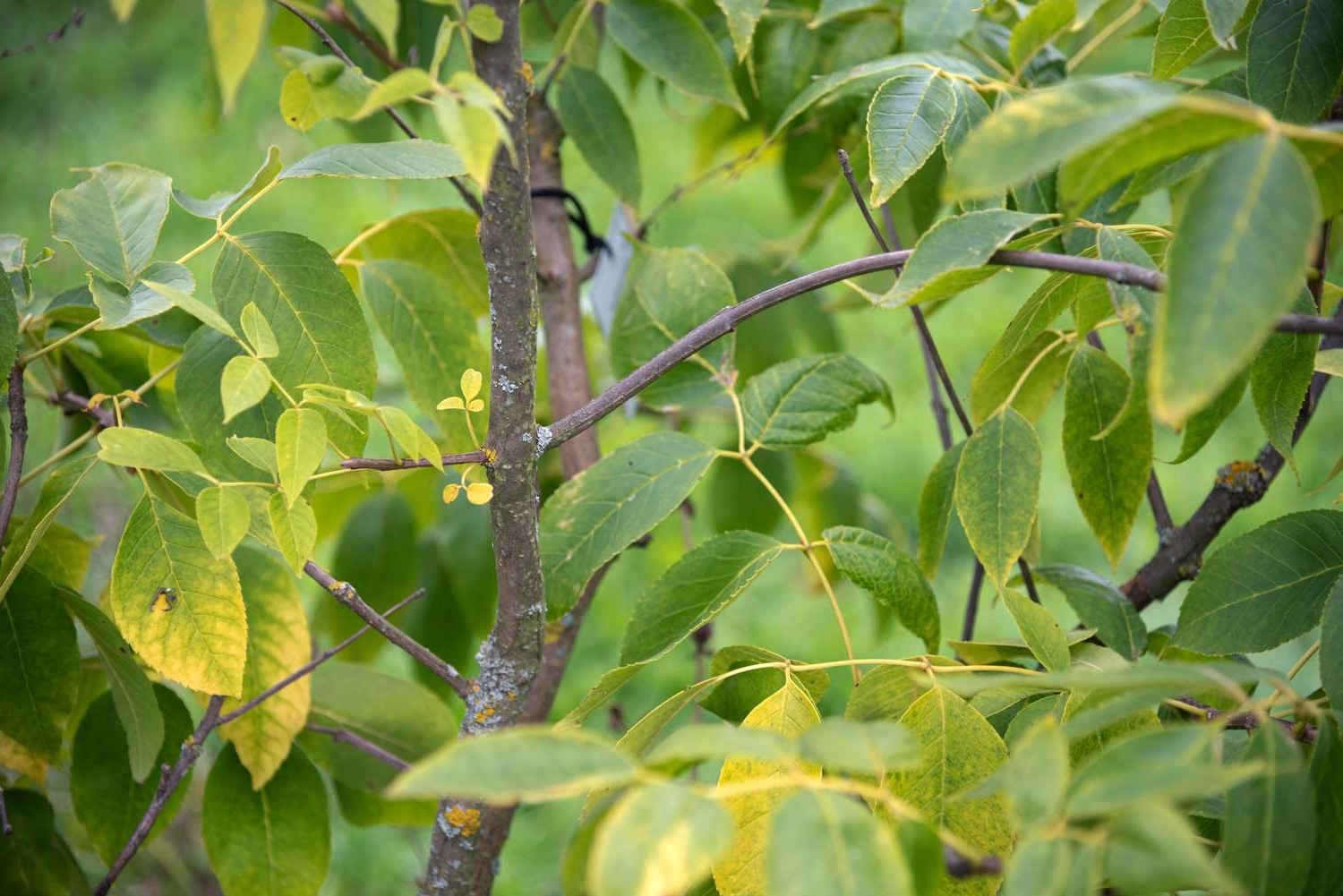
The blue ash tree, scientifically known as Fraxinus quadrangulata, is a majestic and resilient species that holds a special place in the natural world. With its striking blue-tinged bark and impressive height, this tree is a sight to behold in forests, parks, and urban landscapes. In this article, we will delve into 11 fascinating facts about the blue ash tree, shedding light on its ecological significance, unique characteristics, and cultural relevance. From its historical uses to its role in supporting diverse ecosystems, the blue ash tree stands as a testament to the wonders of nature. Join us on a journey to uncover the remarkable traits and contributions of this remarkable tree.
Key Takeaways:
- Blue Ash trees are resilient and adaptable, thriving in various soil types. They provide essential habitat and food for wildlife, showcasing the interconnectedness of all living beings within nature.
- The Blue Ash tree, with its unique bark patterns and medicinal uses, symbolizes strength and endurance. Conservation efforts are underway to protect this valuable species from threats like the emerald ash borer.
Blue Ash Trees Boast Unique Bark Patterns
The Blue Ash tree is renowned for its distinctively square-shaped twigs and furrowed, diamond-patterned bark, setting it apart from other ash tree varieties.
Blue Ash Trees Are Resilient
These trees are highly adaptable and can thrive in a variety of soil types, including clay, loam, and sandy soils, making them a resilient and versatile species.
Blue Ash Trees Are Native to North America
Blue Ash trees are indigenous to North America, specifically in the eastern and central regions of the United States, where they contribute to the rich biodiversity of the local ecosystems.
Blue Ash Trees Are Valuable for Woodworking
The wood of the Blue Ash tree is prized for its strength and durability, making it a sought-after material for crafting furniture, tool handles, and flooring.
Blue Ash Trees Are Threatened by the Emerald Ash Borer
Unfortunately, Blue Ash trees face a significant threat from the invasive emerald ash borer, an insect species that has had a devastating impact on ash tree populations across North America.
Blue Ash Trees Are Deciduous
Like many other ash tree species, the Blue Ash is deciduous, shedding its leaves in the fall and showcasing a stunning display of vibrant colors before the onset of winter.
Blue Ash Trees Are Important for Wildlife
These trees provide essential habitat and food sources for various wildlife species, including birds, squirrels, and insects, contributing to the overall biodiversity of their ecosystems.
Blue Ash Trees Have Medicinal Uses
Certain parts of the Blue Ash tree, such as the bark and leaves, have been traditionally used for their medicinal properties by indigenous communities, showcasing the tree's cultural significance.
Blue Ash Trees Have Longevity
Blue Ash trees have the potential for a long lifespan, with some specimens living for several centuries, adding a sense of enduring wisdom to the landscapes they inhabit.
Blue Ash Trees Are Symbolic
In various cultures, the Blue Ash tree holds symbolic significance, representing strength, resilience, and the interconnectedness of all living beings within the natural world.
Blue Ash Trees Are Under Conservation Efforts
Due to the threats posed by the emerald ash borer and other environmental factors, conservation efforts are underway to protect and preserve the Blue Ash tree for future generations to appreciate and cherish.
The Blue Ash tree, with its distinctive features and ecological importance, stands as a testament to the intricate beauty and resilience of nature. As a native species of North America, it continues to inspire awe and reverence, embodying the interconnectedness of all life within the intricate tapestry of the natural world.
Conclusion
In conclusion, the blue ash tree is a remarkable species that holds both ecological and cultural significance. Its distinctive blue-tinged foliage, sturdy wood, and historical uses make it a valuable and cherished part of many landscapes. As a native North American tree, the blue ash plays a crucial role in supporting biodiversity and providing habitat for various wildlife species. By understanding and appreciating the unique characteristics and benefits of the blue ash tree, we can contribute to its conservation and sustainable management for future generations to enjoy.
FAQs
What is the significance of the blue ash tree?The blue ash tree holds ecological significance as a native North American species, providing habitat for wildlife and contributing to biodiversity. It also has cultural importance, historically being used for woodworking and as a source of natural dyes.
How can I identify a blue ash tree?Blue ash trees can be identified by their distinctive blue-tinged foliage, compound leaves, and corky ridges on their branches. They also have distinctive diamond-shaped furrowed bark and clusters of winged seeds.
Was this page helpful?
Our commitment to delivering trustworthy and engaging content is at the heart of what we do. Each fact on our site is contributed by real users like you, bringing a wealth of diverse insights and information. To ensure the highest standards of accuracy and reliability, our dedicated editors meticulously review each submission. This process guarantees that the facts we share are not only fascinating but also credible. Trust in our commitment to quality and authenticity as you explore and learn with us.


